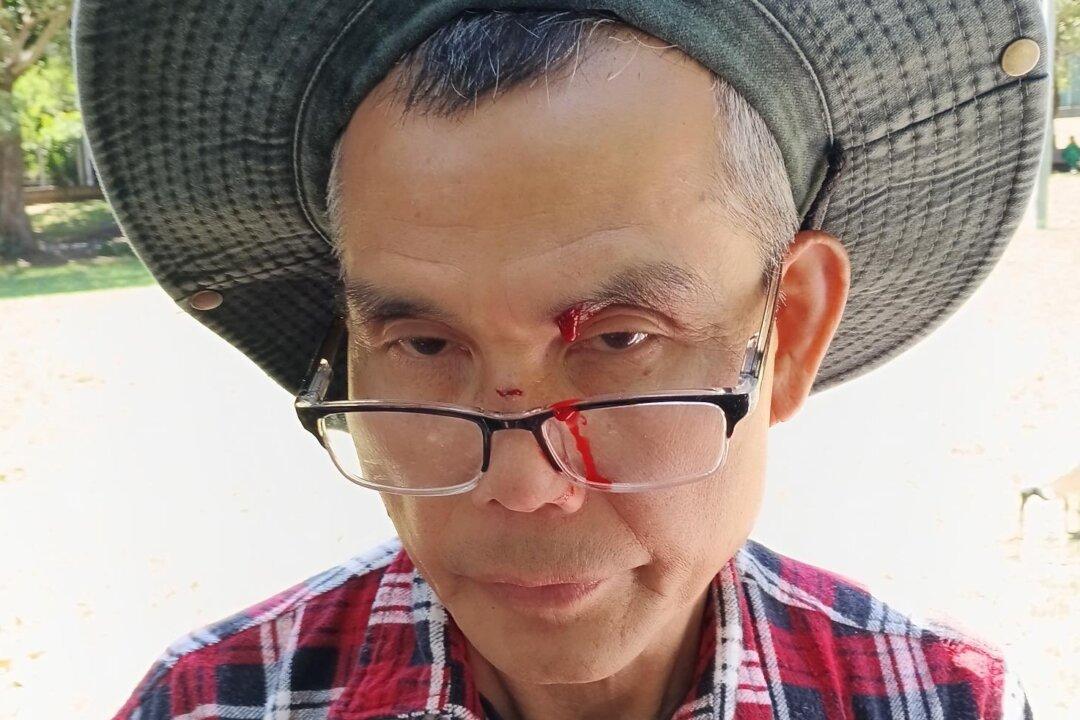Australia’s Foreign Minister Penny Wong has reaffirmed the country’s commitment to nuclear non-proliferation after a meeting with the head of the International Atomic Energy Agency (IAEA) on July 4.
Rafael Grossi, head of the IAEA, was in Adelaide, where he met with the Australian foreign minister to discuss the international security environment, nuclear proliferation risks from regimes in North Korea and Iran, as well as safeguards around the impending AUKUS deal between Australia, the United States, and the United Kingdom.





